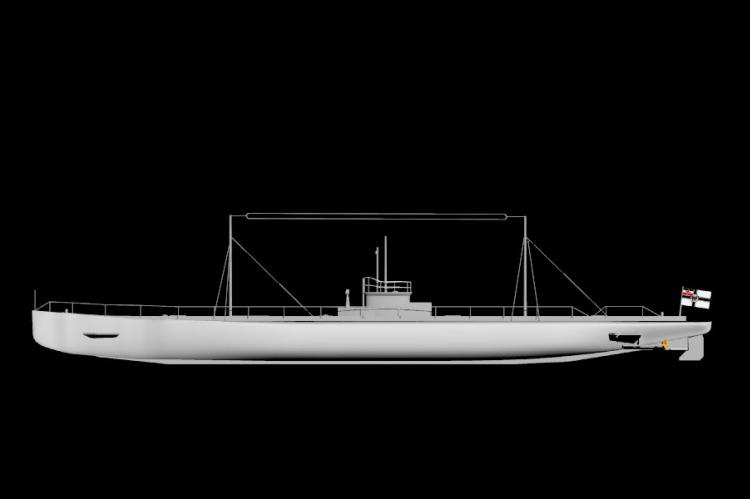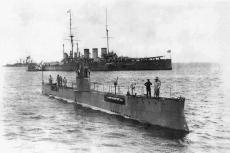Finnish divers locate intact WW1 German submarine in the Baltic
Estonian divers have discovered what they believe to be one of Russia's first battle submarines
Akula was the first Russian submarine able to cruise long distances. In 1912 Akula made the world's first multi-torpedo volley with five torpedoes.
In the beginning of World War I the German submarine U-26 disappeared without a trace
On October 11, 1914, she sank the Russian cruiser Pallada inflicting the first loss of the war on the Russian navy. The boat did not return from sea in August 1915 and is assumed to have struck a mine or suffered a technical failure off the coast of Finland.
The finnish gruup of divers who goes by the name Badewanne states on their website:
The wreck is in a very good condition and the lightweight outer shell of the hull is practically intact. The natural environment of the Baltic Sea has protected the wreck superbly, low salinity and oxygen-poor bottom water have slowed down destructive corrosion processes. U-26 had a double hull design and the pressure hull is not visible at all.
There is only some visible damage caused most apparently by a trawling net, which has stuck on the wreck years ago. Although most of the trawl is gone, there are still some parts left. U-26 is no doubt the most well preserved German World War I U-boat wreck in the world. The submarine took down its entire crew of 30 sailors. By coincident, U-26 was located and the side scan sonar images were taken exactly 100 years after U-26 was commissioned.
The U-26 wreck is in very good condition, probably the best preserved WWI German U-boat wreck in the world.



